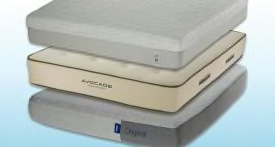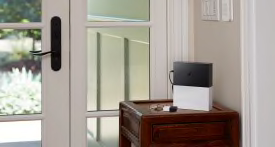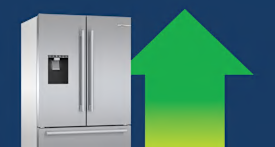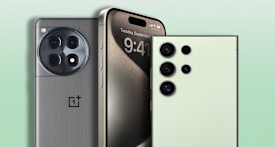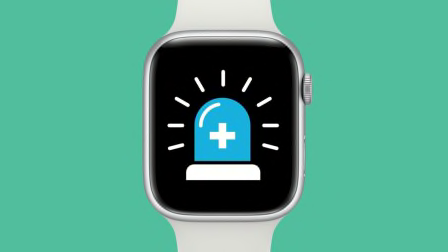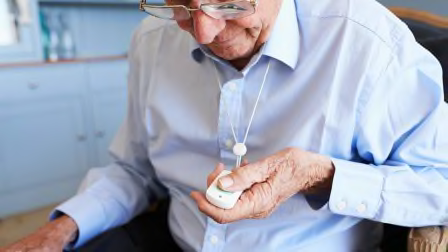Call buttons: A vast majority of surveyed CR members said their medical alert devices had a portable call button, while less than half of the devices featured an in-home call button, to be mounted on a wall or placed on a table. (Some systems included both.)
Fall detection: Over a third (36 percent) of the devices came with fall detection, which uses sensors to register falls in order to automatically contact a dispatch center. Fall detection usually comes with an additional monthly fee. CR members who had a Lifeline, MobileHelp, or Medical Guardian alert device were the most likely to say their device includes this feature.
Monitored vs. unmonitored: The seven reviewed brands all offer monitored systems, meaning the device’s call button connects to a live person, 24/7. (Ninety-four percent of members said their devices were monitored.) Unmonitored systems can be programmed to dial an emergency contact.
While there’s an advantage to having a monitored system—you’re guaranteed to connect with a trained professional, no matter when an emergency occurs—it typically comes with a monthly fee.
Cell vs. landline service: In the past, medical alert devices were designed to work over landlines, which meant they were largely designed for use at home. Today, many systems operate on cellular networks, allowing users to summon help from anywhere.
Not everyone surveyed knew how their system sent calls—14 percent didn’t know. However, a higher percentage of people had devices that used cell service rather than a landline (54 percent vs. 32 percent).
Basic service vs. additional service fees: Eighty-six percent of CR members who rated one of the seven brands said they paid some kind of monthly service fee, which isn’t surprising given that a majority had monitored systems. Those with Bay Alarm Medical devices were the most likely to pay service fees (98 percent), while those with Medical Alert devices were the least likely (75 percent).
Many people were unsure about what their service fee covered. Nearly a third weren’t sure if it included additional services. When selecting a device, it’s a good idea to determine the monthly cost and ask for a rundown of what it covers.
Unintentional activation: About 8 out of 10 of those surveyed had activated their medical device, with accidental activations being more common than intentional ones.
Some brands were more likely to be inadvertently triggered than others. Leading the pack was MobileHelp, where accidental activations were 66 percent more common than intentional ones. The least prone to accidental activation was Medical Guardian, the only brand where intentional activations were more common than unintentional ones. For those who had devices with fall detection, about a third said the system had at some point registered that they’d fallen when they hadn’t.
Across all brands, most users weren’t charged for any of these erroneous activations.
Malfunction rates: A large majority of users reported that their devices never malfunctioned, a category that included not working when activated, failing to detect a fall, or running out of battery life. While this was true across all brands, there was a clear outlier: Twenty-seven percent of those with GreatCall Lively Mobile (Lively) devices reported a device malfunction. For the other six brands, that figure was much lower, ranging from 10 percent to 12 percent.
CR members can read on for details on how seven medical alert system brands performed in our exclusive member survey.
